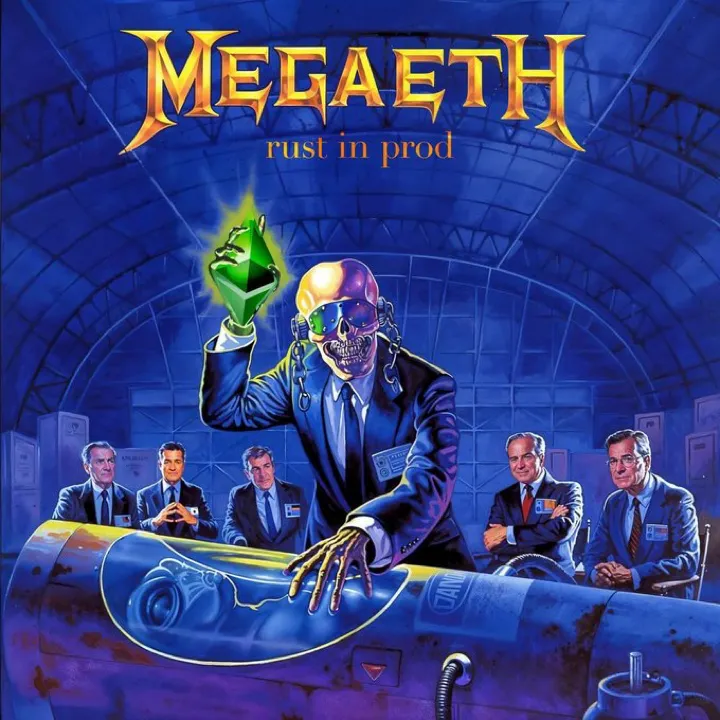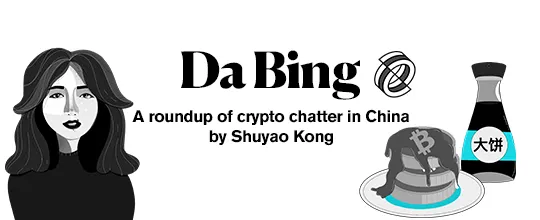For years, I told myself that I’m not the founder type. Instead, I try to be that strong operator who makes founders’ dreams come true. Perhaps the avoidance of being a founder comes from my Chinese upbringing. As my mother often says: “A gun shoots the first bird that sticks its head out.”
She didn’t want me to be that first bird.
So until recently, my career was defined by the idea of working hard toward someone else’s vision—until I stumbled into crypto. Crypto is self-sovereignty, starting from custodying one’s own keys. The crypto community encourages ownership via participation. Yes, we all love to see magical internet money going up, but the industry has profound financial, social and technological implications to our society.
Crypto is a once in a lifetime opportunity for a generation to express raw talent while owning a piece of it.
I was extremely lucky that my first job in crypto was in business development at Consensys. The job gave me a perspective on the full crypto stack: from the base layer (Linea), to middleware (Infura), to the user interface (MetaMask).
I was having fun. People started to know me not as Shuyao Kong, the global head of BD at ConsenSys, but as “Brother Bing,” a Decrypt columnist and founder of Hot Pot DAO.
But a small voice began to grow louder in my head wondering: Can you do something on your own?
Many people have entrepreneurial itches but most don’t scratch them. I knew that I was driven primarily by three missions: (1) working at the cutting-edge of crypto tech; (2) welcoming young talent to crypto; and (3) incubating tangible crypto products for emerging markets.
As I was exploring, my good old Consensys network played the magic. Not only has ConsenSys incubated multiple well-known products (including Decrypt), but also inspired a class of crypto founders, operators, investors and rebels who are still pushing the boundaries.
When my former colleague Yi Tang messaged me in January, I knew he was up for something solid. Yi and I were at the front lines in 2018 trying to bring Asian Pacific governments and big businesses on-chain. He’s now a prominent crypto investor at Qiming Venture, one of the largest funds in the world.
“We have a pretty solid portfolio company that’s looking for a business cofounder,” he messaged me on Telegram, and sent me MegaETH’s twitter handle. Looking through the Github repo, I couldn’t help but wonder who would be so dumb as to call themselves “MegaETH.” I mean, I like having ETH in the name, but Mega gave a 2017 ICO vibe.
I was not over the moon.
But I was curious to learn about the tech, so I scheduled a call with Yilong, who had started MegaETH after completing his PhD from Stanford’s computer science department. In his typically calm, steady voice, Yilong walked me through his motivation, system-design philosophy, and vision.
Simply put: He wanted to build a scalable base layer so devs can create easy to use, fast, cheap crypto-native dapps.
The thesis is simple and clever. After a decade, no one has succeeded in scaling a blockchain that’s as user friendly as Web2. Solana, which was a step in the right direction, still faces scaling challenges and is still in beta. And the Ethereum L2s collectively only scale the mainnet by a factor of 10, which is pretty meager.
Since no blockchain is scalable enough, dapps offer inferior performance resulting in poor user experience. I often joke that developers are cheating the blockchain because they’d rather put data off-chain than on-chain due to poor performance issues.
These are the problems that MegaETH will attempt to fix.

As Yilong explained the thinking behind MegaETH, there was a charming, quiet confidence in his voice. Within an hour, I went from “cool tech but so what” to “this thing will Make Ethereum Great Again.” My mind was 80% mega-aligned after the call.
The next day, I met Lei Yang, who would become our third co-founder and CTO. Lei is already a well-known blockchain researcher at MIT. His ability to explain complicated blockchain concepts in the most normie-friendly way was the finest I’ve seen in crypto.
The MegaETH Team began to take shape, virtually, and I signed on in March to lead all the business and marketing efforts.
There was a lot of work to do, obviously. But there was also the fun of a startup. Since we lived all over the world, the founding team met in person hardly at all—once at ETH Denver and later in Boston, when everyone traveled to Lei’s PhD thesis defense. These in-person hangouts were wonderful moments. For instance, we learned that Lei is a fan of rabbits. He actually goes to a park near MIT and feeds bunnies every week. In his spirit, we are designing a MegaETH logo of a lighting-fast bunny rabbit.
Along the way, we are learning about each other’s communication style, diet, and even family members. Now, as I write these words in the middle of the night in Dubai, it strikes me that while my entrepreneurial journey might have started from some sort of vague instinct, it really took off when I met the right people.
Lots of things are keeping me up at night. We have yet to receive funding. We desperately need a developer evangelist who can nerd-snipe devs to our ecosystem. And we don’t even have a website yet.
But so far, despite what my mother taught me, it feels really good to stick my head out. And I haven’t gotten shot yet.
Stay on top of crypto news, get daily updates in your inbox.
Credit: Source link




